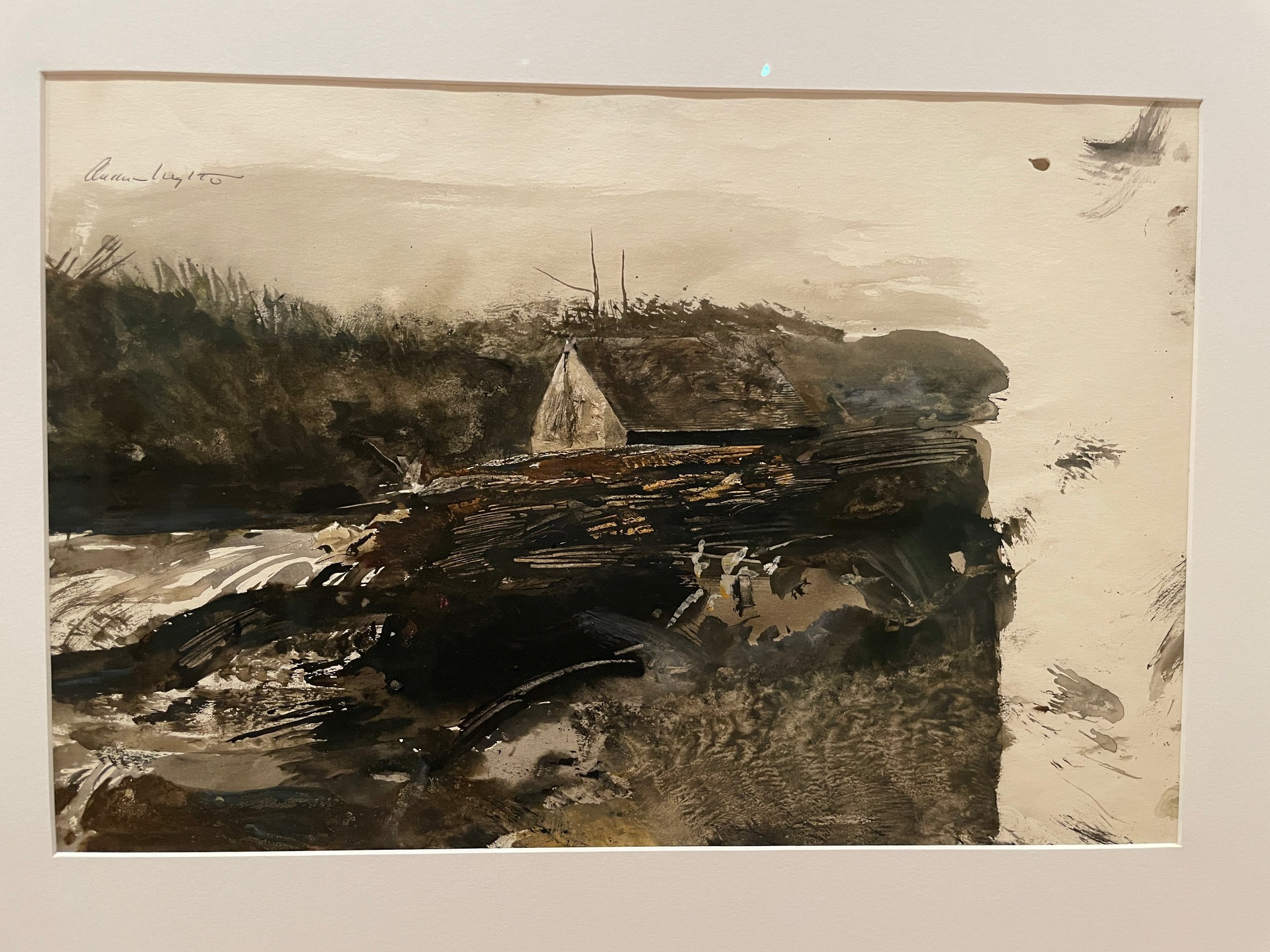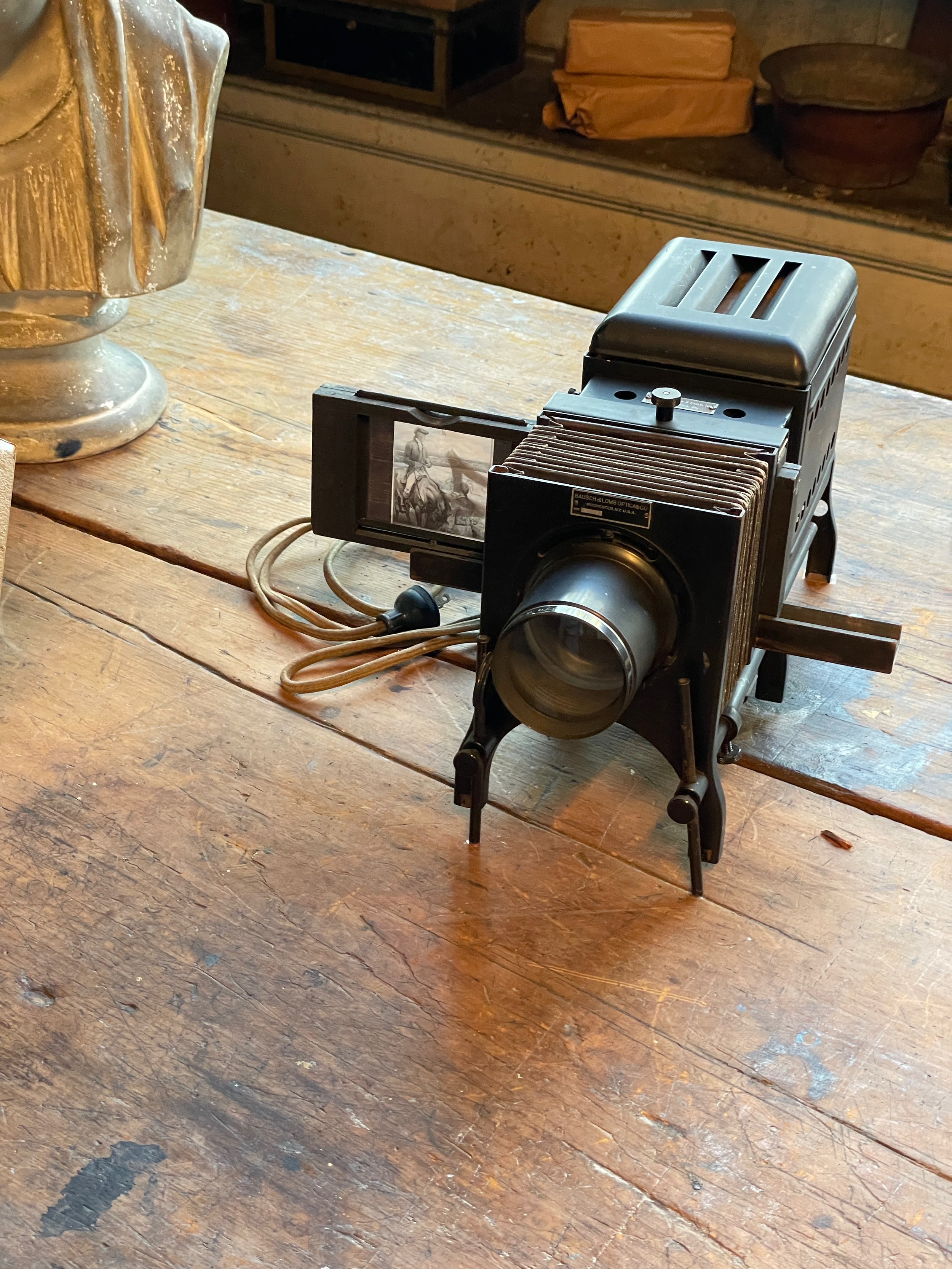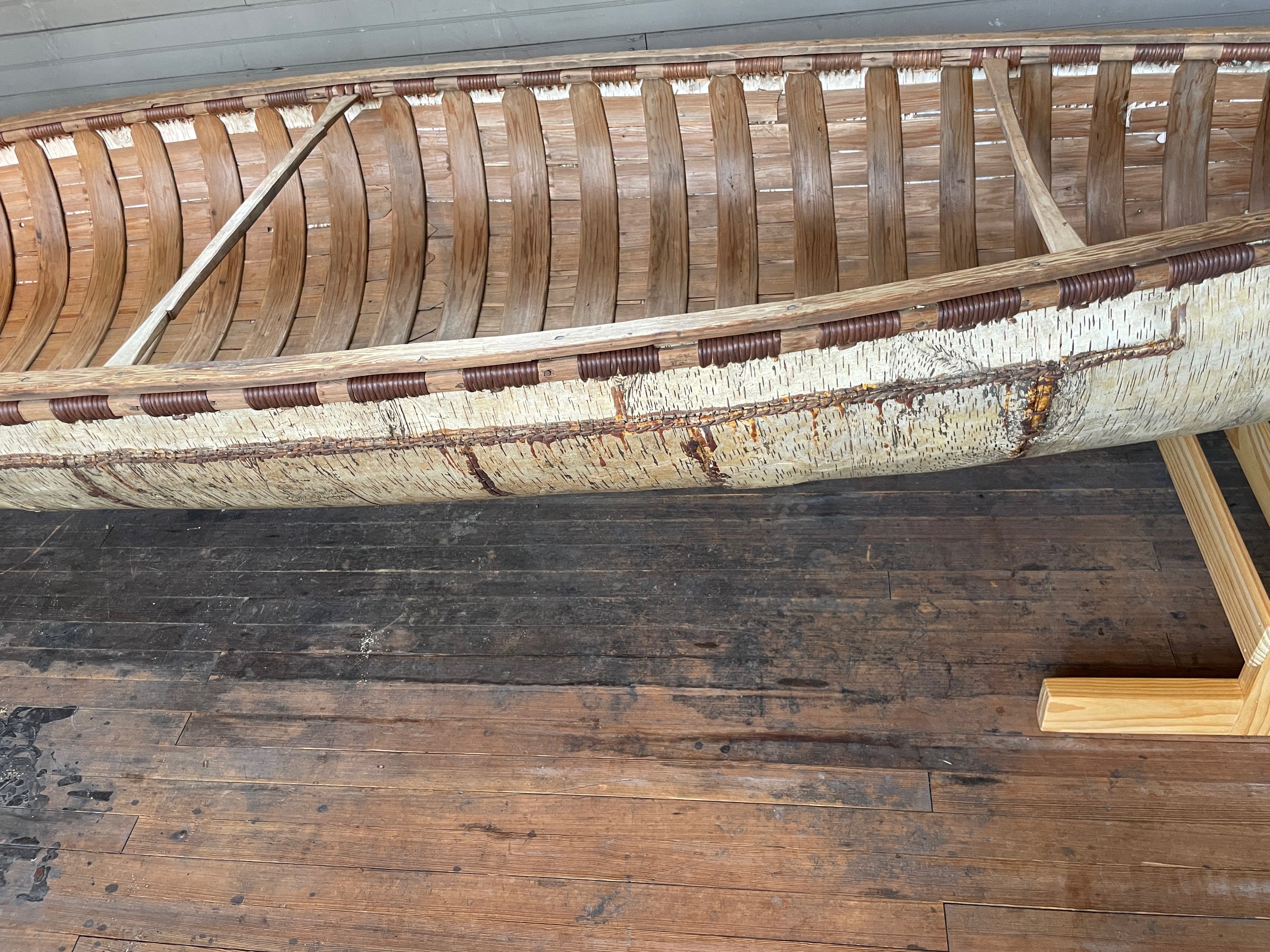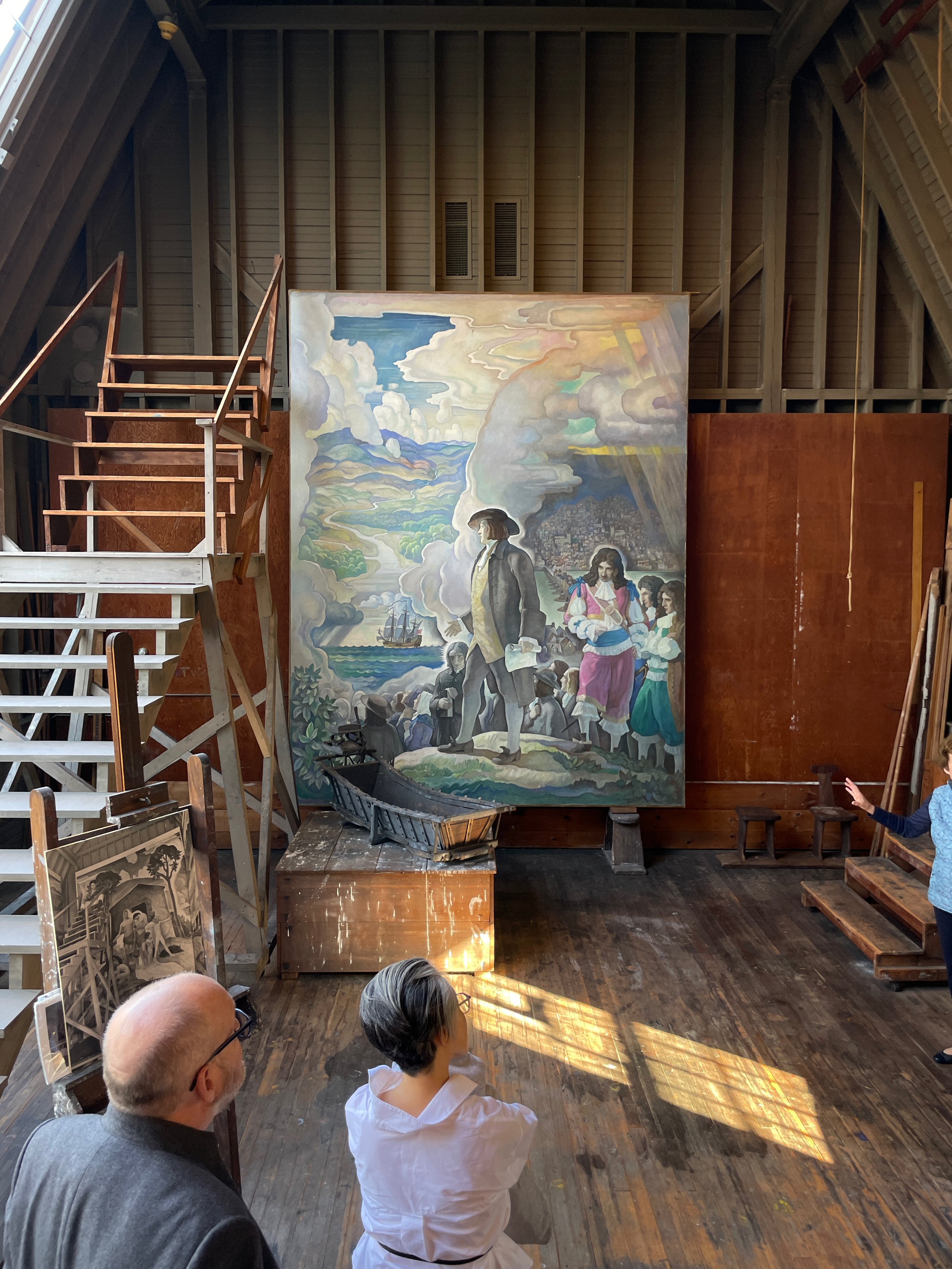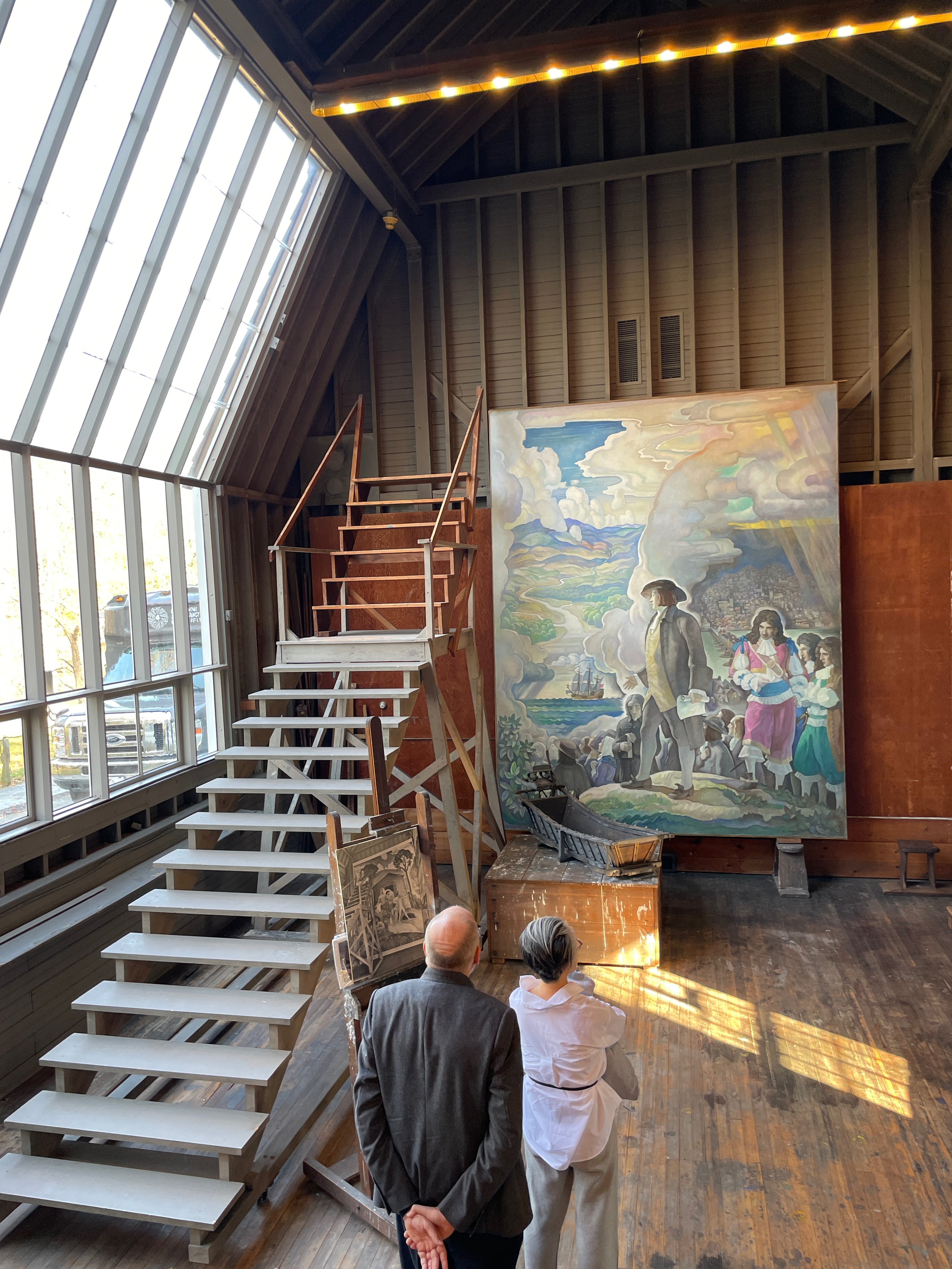Wyeth Abstraction
I made a recent trip to the Brandywine Museum in Chadds Ford, Pennsylvania to see an exhibit of Andrew Wyeth. The exhibit is called “Abstract Flash”, a phrase that Andrew used to describe an essence of a scene. Andrew Wyeth is likely best known for his painting “Christina’s World”. “Christina’s World” is a very detailed and highly representational egg tempera painting. This exhibit includes mostly works in watercolor that represent explorations into abstraction. The second half of the exhibit provides Andrew’s contrasting style with several large paintings in egg tempera.
“My struggle is to preserve that abstract flash like something you caught out of the corner of your eye”
Christina’s World was created in 1948. This was a time when Abstract Expressionism was just becoming popular. The exhibit explores the art politics of the time and the conflict between representational art and abstraction. At the time, some representational artist like Edward Hopper joined other artist in protest of the Whitney’s annual in 1948. Edward Hopper attempted to have Andrew join a protest statement and Andrew refused. The debate lingers today where you still find a tribal identity around realism and abstraction.
Despite Andrew’s father being the great American Illustrator N.C. Wyeth, Andrew always had an appreciation for the abstract perspective. He was an art student of his father and he struggled with his father’s need to have a narrative in his paintings. In an interview later in his life with CBS news, he questioned whether “Christina’s World” would be better without the figure. Andrew’s narrative perspective was much more subtle and personal than his father. In many of his paintings he explores his subjects in extreme detail revealing more detail than normally would be found or seen with the naked eye. Many of the watercolors in “Abstract Flash” are still inspired from an object, but the abstract effects of the shapes and textures become the dominant elements. Andrew Wyeth had an appreciation for many abstract artist including Franz Kline and color field artist Kenneth Noland. Andrew Wyeth could explore abstraction and realism without participating in the tribal politics.
Christine’s World
The Brandywine Museum’s collection is focused on 3 generations of Wyeth Art as well as other American Art and illustration. These 3 generations of Wyeth include N.C. Wyeth, father of Andrew Wyeth and Grandfather of Jamie Wyeth. N.C. Wyeth is best known for some of his book illustrations like Treasure Island, but also many other larger works including murals. He studied under Howard Pyle, who is one of the most famous American Illustrators during the “Golden Age”. The museum also contains Wyeth’s art from the female side of the family. N.C. Wyeth and his wife had 3 daughters and 2 sons. One of the daughters, Carolyn, was Jamie Wyeth’s first art teacher. The museum also has studio tours available of both N.C. Wyeth’s studio and Andrew Wyeth’s studio. Carolyn has a studio attached to her father’s. The family home is also found on the property. Andrew also painted often in Maine which is where the family would go in the Summer. The Farnsworth Museum in Maine will be showing the “Abstract Flash” exhibit in the Spring-Summer of 2024.
https://www.brandywine.org/museum/exhibitions/abstract-flash-unseen-andrew-wyeth
https://www.cbsnews.com/video/andrew-wyeth/
https://www.smithsonianmag.com/arts-culture/wyeths-world-117907877/











